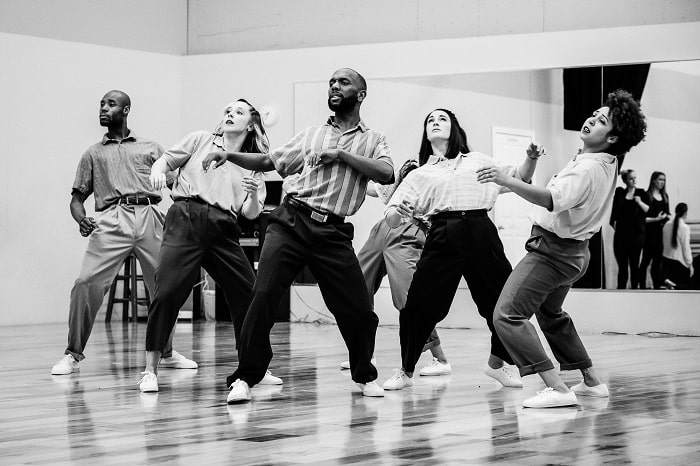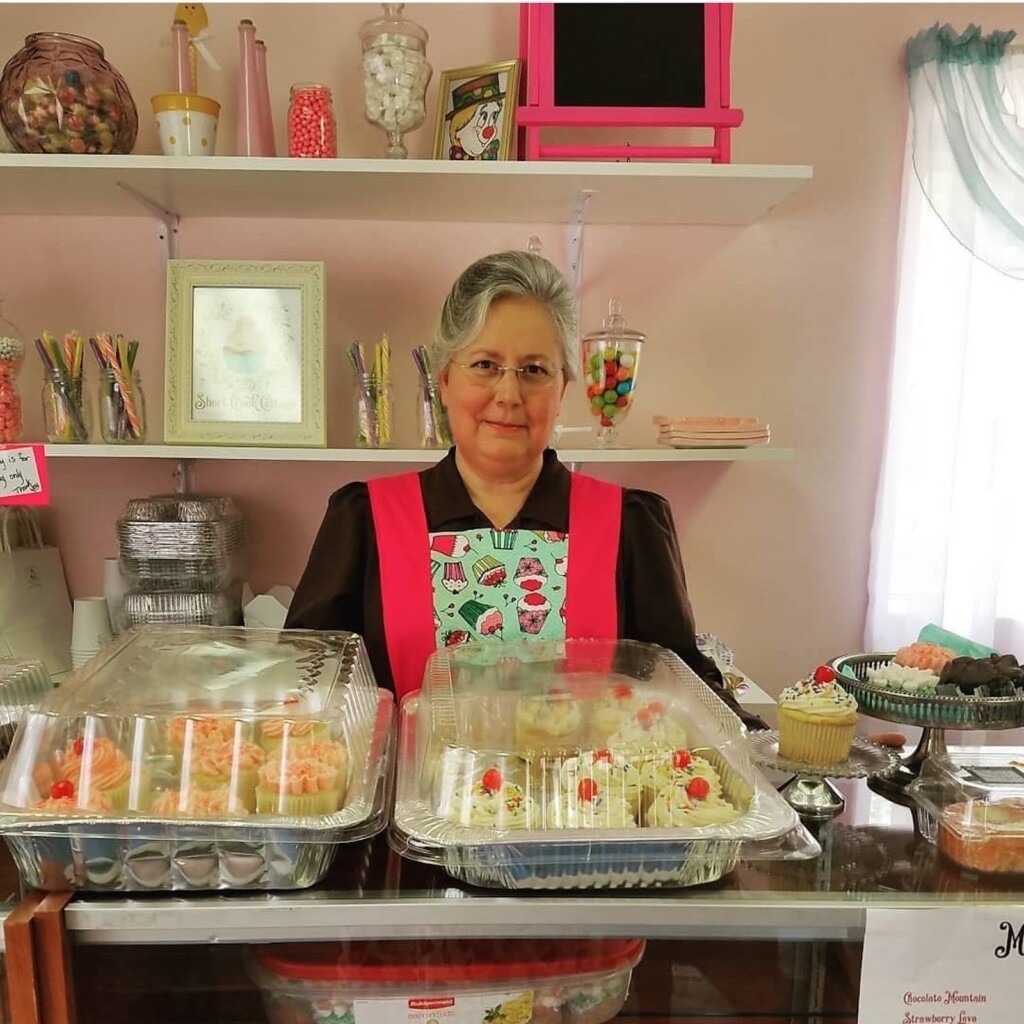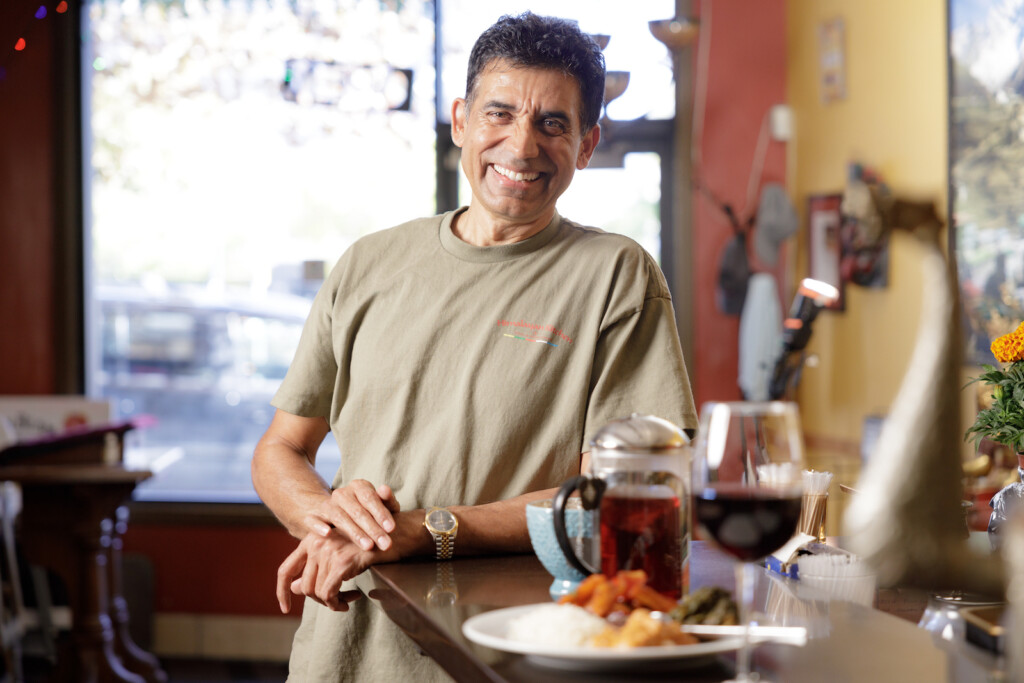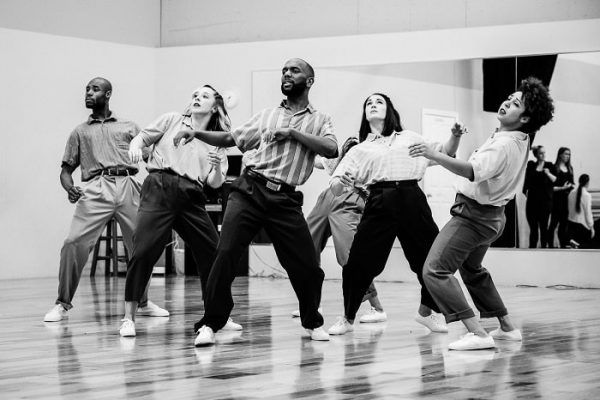
Rebirth
They’re young, brash, and talented. And they know how to put on a show! “Rebirth”– the latest production from innovative, new-kid-on-the-block, Junction Dance Company –simply ROCKS! Full of contagious, high-energy choreography that is seamlessly executed at every level, the show strives to create a one-of-a-kind “urban- fusion,” forged from a diverse mix of music and movement that also tells a story. The Leona Black Theatre at the Rose Wagner Performing Arts Center, part of THE BLOCKS in downtown Salt Lake is the perfect setting for this up close and intimate tale.
In the case of “Rebirth,” it is a story both universal and deeply personal. Divided into three acts with two intermissions, it tells of love, loss, and recovery. It’s a story where the audience can, as artistic director; Megan Adelsberger puts it, “see themselves in it.” For who hasn’t had their heart broken, but eventually found new purpose after all seemed lost? But how to pull this off in dance was the challenge.
Driving Energy Behind Junction Dance Company
Still, the challenge and tricky balance is exactly what Megan–the founder and driving energy behind Junction Dance–was aiming for when she decided, a little more than a year ago, to start her own dance company. “I wanted to create something that wasn’t happening in Utah–a place where dancers from all different backgrounds and styles could come together in a kind of ‘melting pot’”–a melting pot that she sees combining commercial, modern, jazz, tap, ballroom, and breaking in a unique “urban” fusion. “That,” she says, “is where the name, ‘Junction Dance,’ comes from. It describes the intersection of all these different elements”–dancers of different cultural, ethnic, and artistic backgrounds coming together to create different dance styles “and tell their story. That is what she means when she says she’s “an advocate for the urban style.”
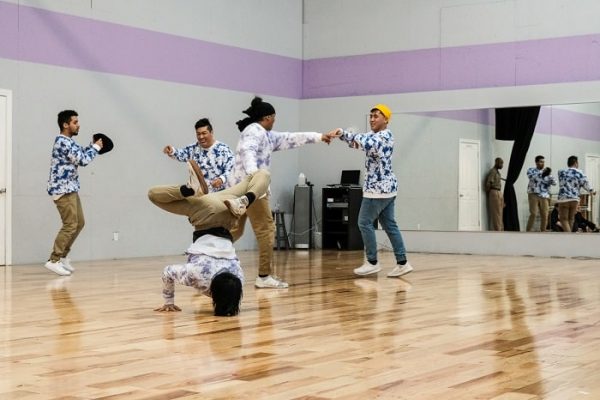
Fusion of Different Styles
Breaking Instructor, Tristan Thomas–who describes himself as “from Clearfield by way of Okinawa”–points out that fusing all these differences is not always easy. “Breaking is all about individuality and self-expression.” It’s grounded in competition. It’s doing everything your own way–“free-style.” So when the director says they want “just one little piece” from “the giant peanut-butter-and-jelly performance-sandwich that you’ve been working ten hours a day to put together, well, it’s hard to give it all up.” But he continues, it’s about “optimizing”–taking the best from each dancer to make the whole better.
And that’s just what this show manages to do. The high-octane athleticism of breaking is used to punctuate (like a good spice), never dominate. Still there are opportunities for each style—whether salsa, tap, jazz, ballet, ballroom, or breaking–to contribute its own character and insight to the emerging story as well as showcase its unique personality. The two pieces choreographed by Tristan in the first act: “Slipping” (“Can’t get up”) and “High You Are,” are good illustrations of this process, as is the B-Boys Collaboration in act three, “I Am.”
Positive Vibrations
Questions of identity and faith are addressed explicitly in the third and final act, “Birth.” There, after the “Positive Vibrations” ushered in by the youngest members of the Jr. Junction family (seven-to-ten-year-olds, whose technique and expression are a testament to their training), the audience is treated to the joyful ‘foot music’ of some of the most brilliant tap dancing you’ll ever have the pleasure to experience in the resounding set, “Souls of Our Feet.” Then, three sets later, in marked contrast with the high energy of both “Souls” and the final, rousing, country-western style, “Home,” comes the tender solo performance by Audrey Parker, “Even When It Hurts” (I will always sing your praise).
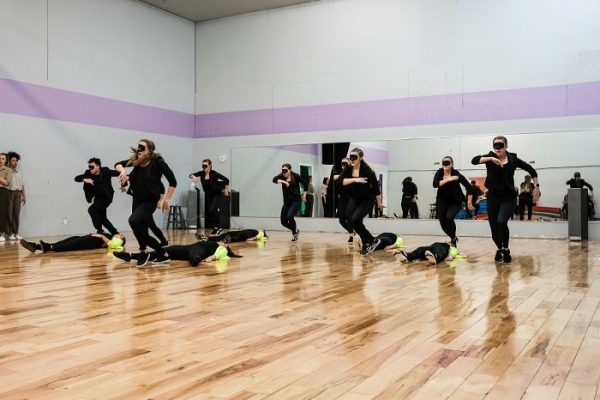
Saving Lives
Andrew Winston, a first year member of the professional team–who the others call “Preacher” in reference to his outside job as a full-time Gospel minister—sees the work of Junction Dance Company literally in terms of “saving lives.” For, as the Company mission goals state, in addition to cultivating excellence in performance, Junction Dance is committed to “healing” and “instilling purpose.” Or, as Andrew puts it, creating a “spirit revamped.” That emphasis is consistent with what Megan expects.
The character of the dancers who join the professional tier of her company is as important to her as their talent. They act as the role models and mentors for the younger dancers enrolled in Jr. Junction who they also teach. Megan smiles as she remembers the “best compliment” she got at the end of the company’s first season, last year. “People came up to me and said, ‘My dad, boyfriend, son (whoever), who is not normally a fan of dance, loved the show!’ “I want to give that,” she says “as a performer and choreographer for as long as I can.”
* * *
Rebirth,” the latest production of Junction Dance Company, plays March 29-31, in the Leona Black Box Theatre, at the Rose Wagner Performing Arts Center, in the heart of THE BLOCKS, Salt Lake’s cultural core, at 138 Broadway in Salt Lake City. Doors open 7:30. Showtime 8:00.
Junction Dance is sponsored in part by Millennium Dance Complex, HERC, and Emotion Dance who generously share their studio space and support the efforts of Junction Dance “to connect lives thru performance and outreach.”
RELATED STORIES:
What to Do In Salt Lake City 12 Minutes at a Time
Emerge: Utah Dancers Tell Stories Through Gestures and Movement
Get Captivated at Utah Opera’s The Little Prince

